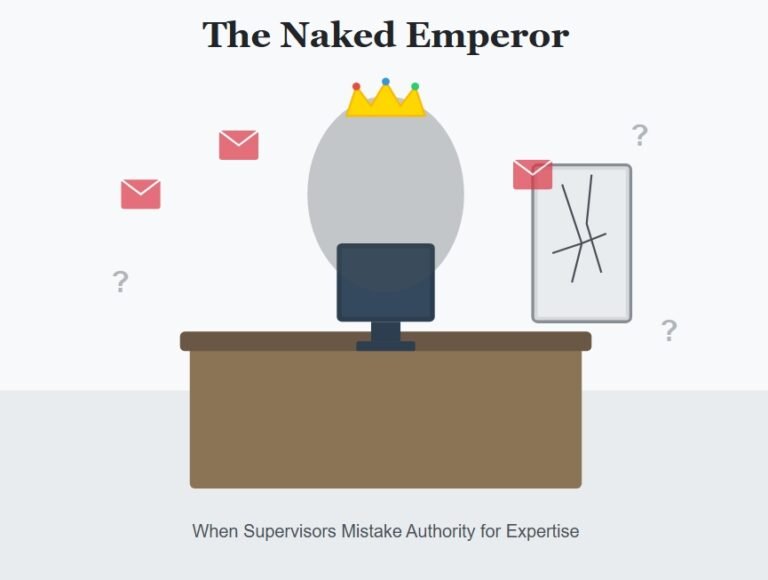Collective bargaining is generally conducted through a trade union. Employees will pay the trade union a relatively small fee each month to be a member.
In return, the trade union hires have a negotiating team to bargain on the employees behalf. What happens next is a set of steps before the conclusion of the negotiation.
The process can be seen on the right – starting from preparing for negotiations, followed by a proposal of key demands, negotiation, the agreement reached, and the after-work of administering the agreement.
- Preparing for Negotiations
This may cover several areas that its members are most concerned with. It may include a survey of members or several focus groups.
Simply put, the trade union and negotiators look to find out the key points on which they are to negotiate on.
For instance, the lack of a local canteen may be an issue, or alternatively, workers want to get paid extra to work Sundays. Whatever the key issues, the first stage would be to compile these ready for negotiation.
- Propose Key Demands
Once a list of key items is highlighted by the union’s members, it compiles them down into an official document which is then passed onto the relevant party/parties. These are also known as ‘key demands.’
It may include items that are ‘red lines’ with which the negotiation must start. Often this would be wages or key benefits to the employee. So, if these are not met, negotiations will fail.
There may also be some conditions by which the unions would ask their members to strike if certain criteria are not agreed upon or met. For instance, this may be a set minimum wage or a higher wage for overtime.
- Negotiation
There may be sit-down meetings, emails, or phone calls whereby the details of a deal are discussed. Both sides may request certain parts of the deal be left out, whilst the employer may request some to be included.
As part of the process, both parties may take time to gather information on whether a specific course of action would be best. For instance, an increase in an employee’s salary by 10 percent is going to cost the company. So, the negotiators would have to see whether this is financially possible.
In turn, the negotiation will continue in a circular fashion until an agreement is reached or negotiations completely break down.
- Agreement Reached
An agreement is usually reached in principle, and it is at this stage by the more intricate details are hammered out.
Legal wording and binding agreement are put into place so both parties are liable. Any legal documents are then signed.
In short, this stage is where the agreement is put into place and the final details are arranged.
- Administration of Agreement
It is at this stage by unions will look to hold the employer to account and ensure the agreement is being implemented. For instance, are workers getting paid the agreed minimum salary? Or, has the firm built the newly requested canteen on time and to an agreed-upon quality.
Furthermore, some agreements may have a set expiry date by which another set of negotiations will take place. So, the collective bargaining system can be seen as a continuous process.



